
The great Dutch master Rembrandt van Rijn is born in Leiden on July 15, 1606, the son of a miller. His humble origins may help account for the uncommon depth of compassion given to the human subjects of his art. His more than 600 paintings, many of them portraits or self-portraits, are characterized by rich brushwork and color, and a dramatic interplay of shadow and light.



After deciding to pursue painting, the young Rembrandt was taught by various teachers, among them Amsterdam painter Pieter Lastman, who interested him in biblical, mythological, and historical themes. Rembrandt was also deeply influenced by the Italian painter Caravaggio, whose chiaroscuro technique--the strong use of light and shadow--would become central to Rembrandt's work. He soon developed his own distinct style and by the age of 22 was accomplished enough to take on his own students in Leiden. During this period, he painted the first of nearly 100 self-portraits produced during his lifetime.


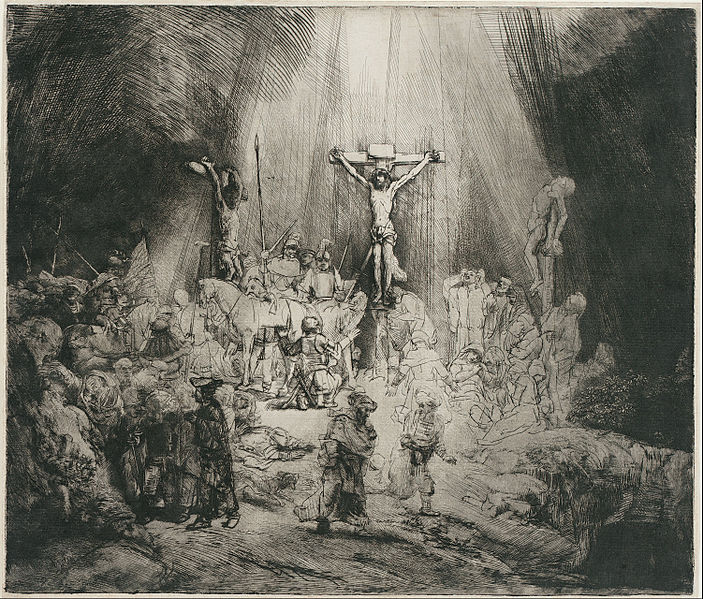
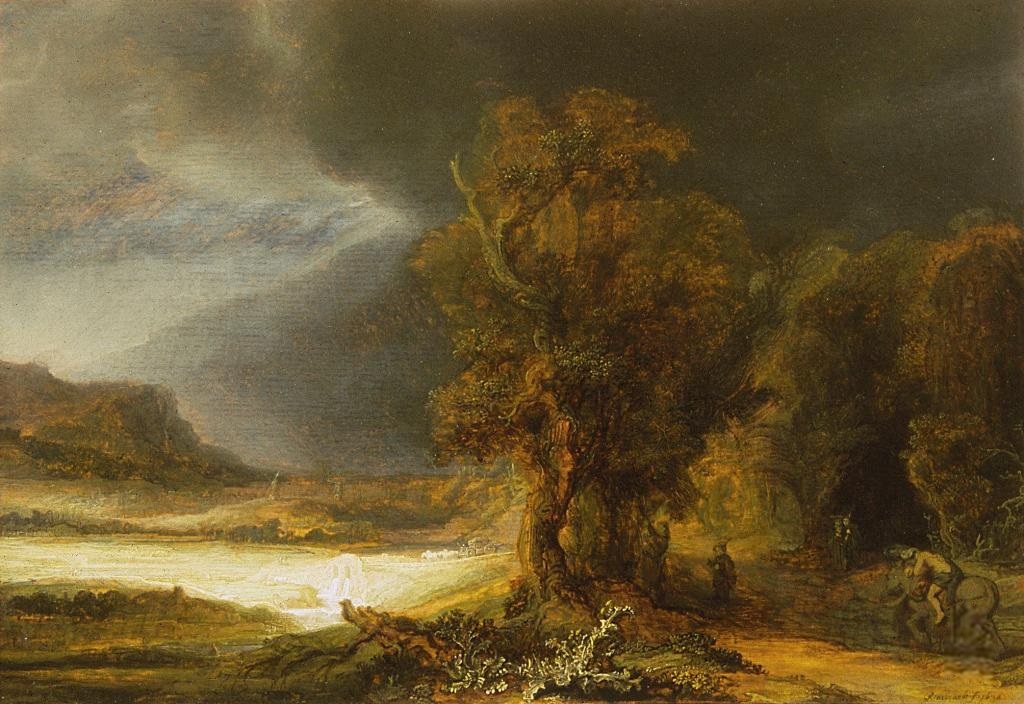
Rembrandt moved to Amsterdam in 1631 and began to achieve fame and commercial success as a portrait painter. Notable works from this period include the group portrait Anatomy Lesson of Dr. Nicolaes Tulp (1632), the biblical-themed Sacrifice of Isaac (1635), and the mythological masterpiece Danae (1636). In the 1630s, Rembrandt also began to produce ambitious etchings of biblical subjects. These masterful prints, such as Annunciation to the Shepherds (1634), had a lasting effect on printmakers for centuries. During his prosperous decade, Rembrandt's studio was filled with numerous assistants and students, many of whom became accomplished artists in their own right.



As a fashionable portraitist, he began to go out of style after the 1630s. Popular taste preferred Baroque refinement and detail over his increasingly expressive brush strokes and use of shadow. His human figures, inspired by the real people around him, were criticized as being coarse and indecorous. Despite the decline in prominent commissions, Rembrandt maintained an extravagant lifestyle, particularly as a collector, and this ultimately would lead to his bankruptcy in 1656. Financial difficulties were also coupled with personal miseries, particularly the death of his wife in 1642, the death of his mistress in 1663, and the death of his only son in 1668. These troubles scarcely affected his artistic output, however, and the 1640s saw such masterworks as the 1642 painting The Militia Company of Captain Frans Banning Cocq (also known as The Night Watch) and the monumental etching Christ Healing the Sick (1643-1649). He also developed an enduring interest in landscape during this time.






Financial ruin came in the 1650s, but he continued to work with undiminished energy and power. Many of the Rembrandt paintings most celebrated today came from this later period, which saw a profound penetration of character in pictures like Aristotle Contemplating the Bust of Homer (1653) and Bathsheba (1654). Some of his biblical-themed works from this period so closely resemble portraits that their religious subjects are obscure, such as the Jewish Bride (1664). Many soulful self-portraits were also produced in the last years of his life. Rembrandt died in 1669.



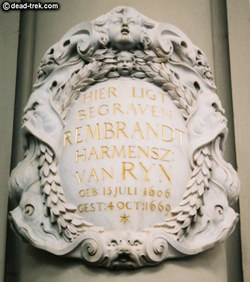
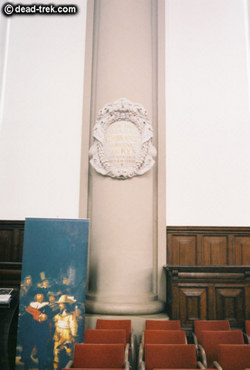
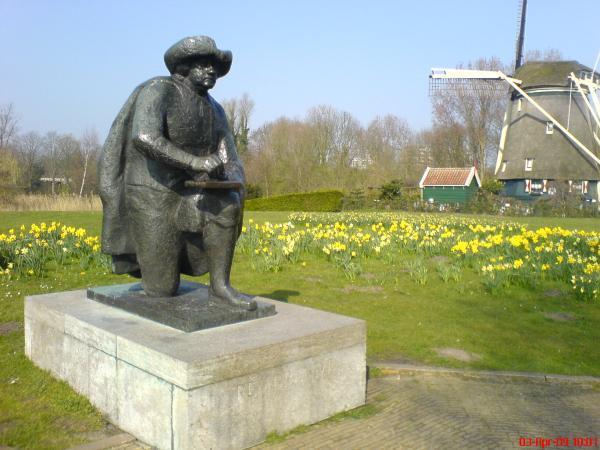
Taken from: http://www.history.com/this-day-in-history/rembrandt-born [15.07.2013]

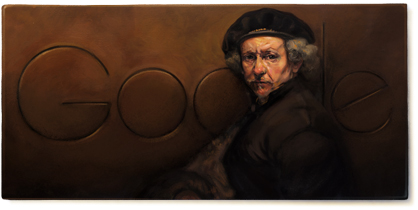
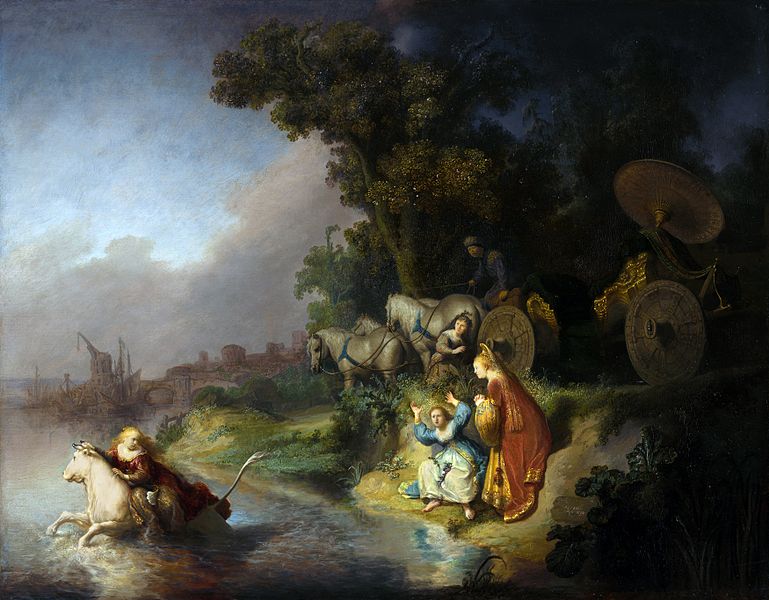
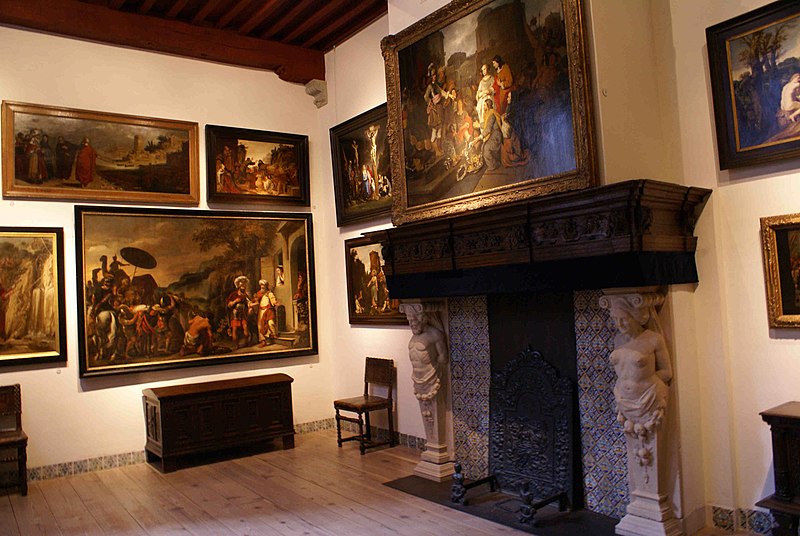

No comments:
Post a Comment